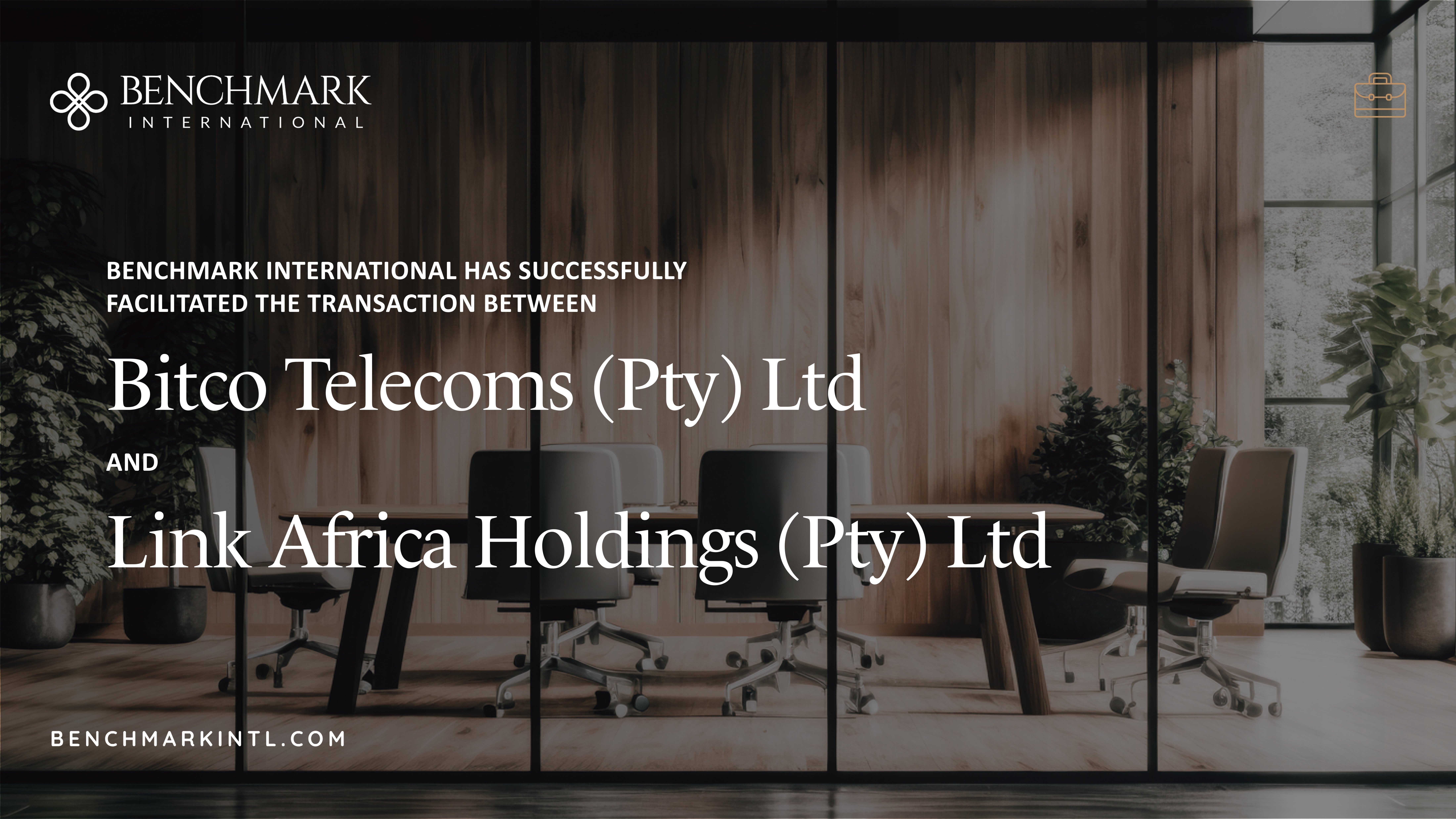With Finding Dory set to be the blockbuster family movie of the summer, we are reminded of one of the most successful M&A stories from the last twenty years. Not only did Disney’s acquisition of Pixar Studios see the corporation’s luck start to turn, it also continues to provide a shining example of a successful post-acquisition strategy.
Acquisition
In 2005, Disney was struggling with creative output and failing to gain much commercial traction following its dominance in the nineties. It was thought that a new direction was necessary to recoup some revenue as well as re-establish themselves as relevant to the entertainment industry. It was decided that the small but fast-growing animation studio Pixar would be the ideal target for acquisition.
What makes this acquisition so special?
It is not the sale itself that sets this particular story apart, but the post-merger activity, something that a surprisingly high number of businesses fail to dedicate much strategic and operational planning towards. Most organisations are guilty of looking at the typical goals of size, scale and efficiency when they make an acquisition, whereas they should be looking beyond that at whether the new business brings with it key tools that can increase their overall capacity for growth. This is referred to in the Harvard Business Journal as ‘post-merger rejuvenation’.
A lack of attention towards post-merger planning is evident when you acknowledge that 60 per cent of M&As fail to create value (figure from HBJ). However, there are some businesses who really get this right, as illustrated by Disney and Pixar.
The Strategy
At the time of the Pixar acquisition, Disney CEO Bob Iger stated: “There is an assumption in the corporate world that you need to integrate swiftly. My philosophy is exactly the opposite. You need to be respectful and patient.”
Iger certainly ensured that he practiced what he preached and used Pixar to disrupt Disney by putting the Pixar creative leaders in charge of the Disney animation team who, by this point, were struggling to make any of their projects a commercial success. On this move, Iger said: “If you are acquiring expertise, then dispatch your newly purchased experts into other parts of the company and let them stretch their muscles.”
In another bold move, Iger refused to fully integrate the two creative teams and instead kept them separate from one another. Pixar were allowed to keep their brand identity and culture, which went a long way in ensuring it retained its top talent.
The Stats
The Pixar acquisition was a complete success for Disney, seeing an annualised total shareholder return of 22 per cent since 2006 as well as a string of popular computer generated animation movies. This of course culminated in the release of the highest grossing animation film of all time, Frozen, and, of course, Finding Dory which recently made box office history by becoming the highest grossing animated film in the US.
The key for organisations looking towards M&A as a means to grow is in identifying the right target in the first instance and developing a post-merger strategy that does not just plan to swallow up the smaller business to add more to the bottom line. Take inspiration from Disney who used M&A as a catalyst to explore new ways to create a faster-growing organisation.
With experience in a number of key sectors and representation throughout the Americas, Europe, Africa and Asia, Benchmark International can connect you with the right opportunity. To find out more, visit http://www.benchmarkcorporate.com.
 Benchmark International
Benchmark International  Benchmark International
Benchmark International 



